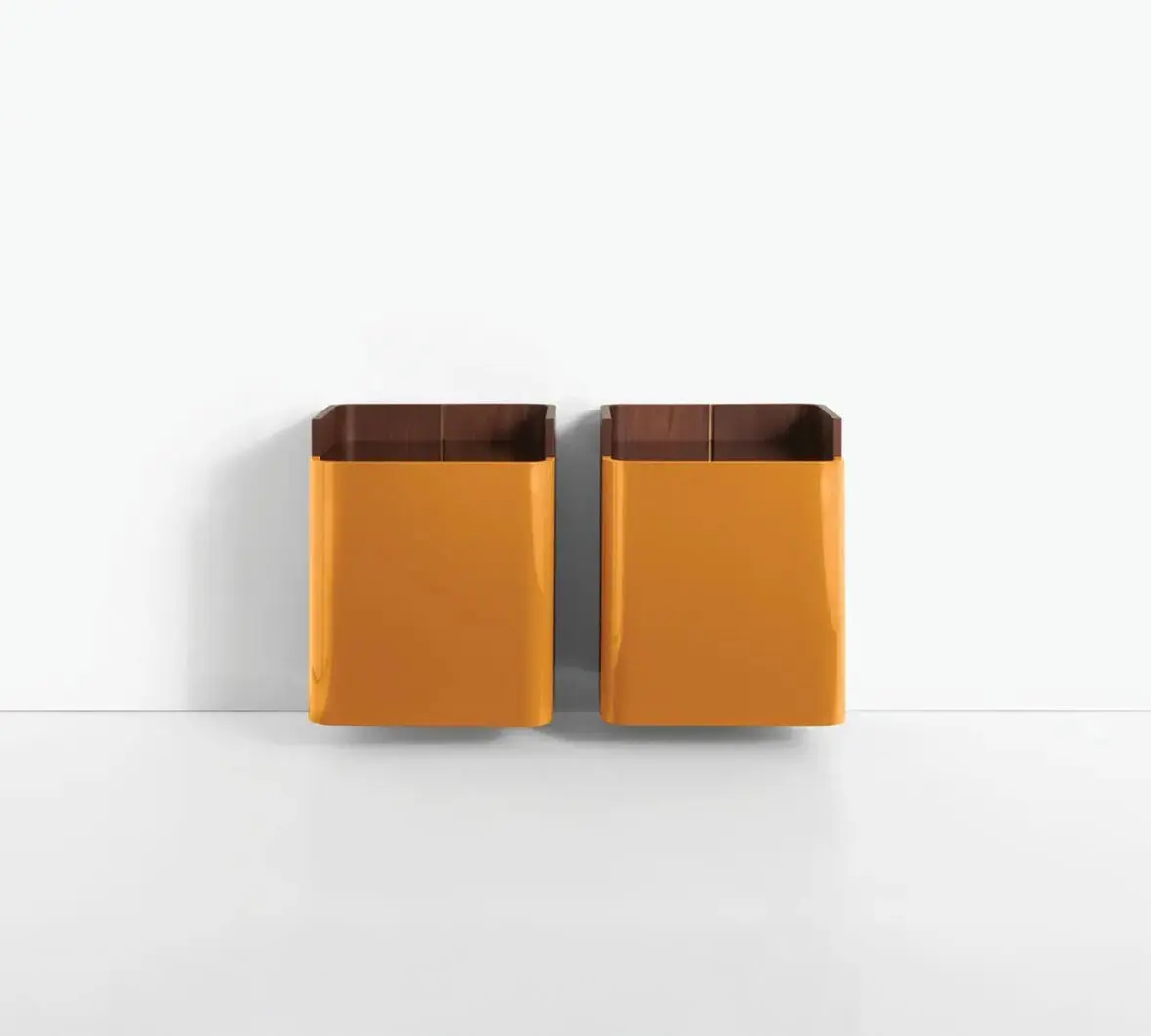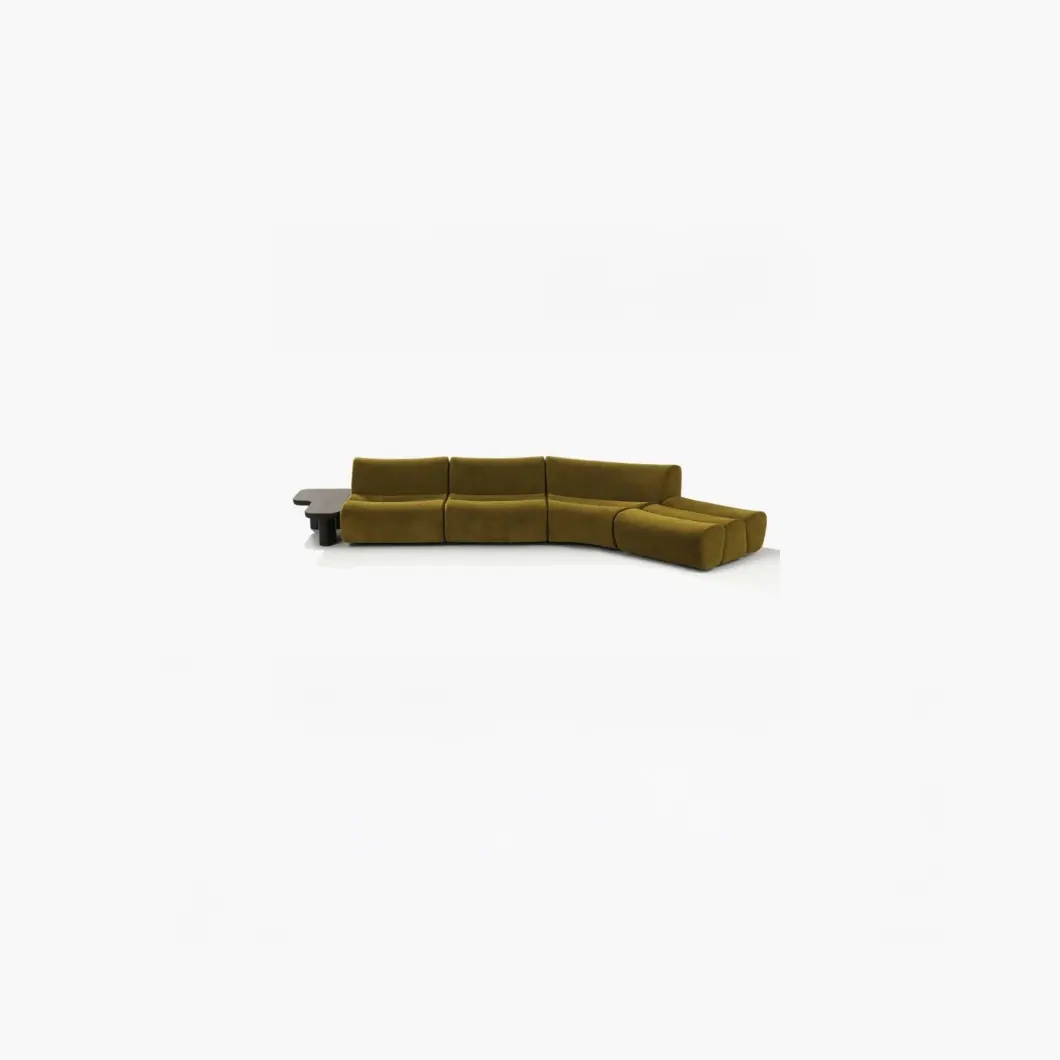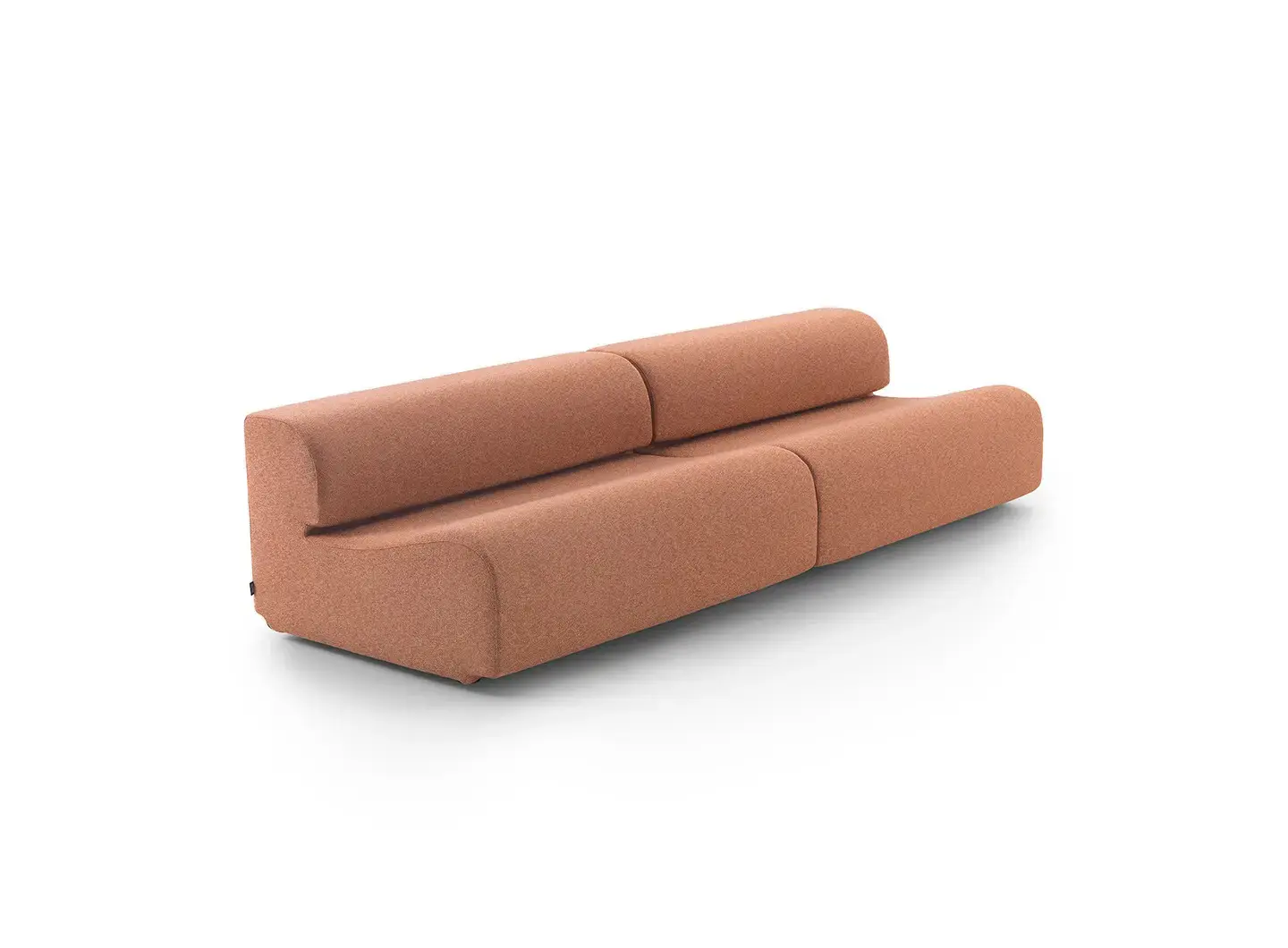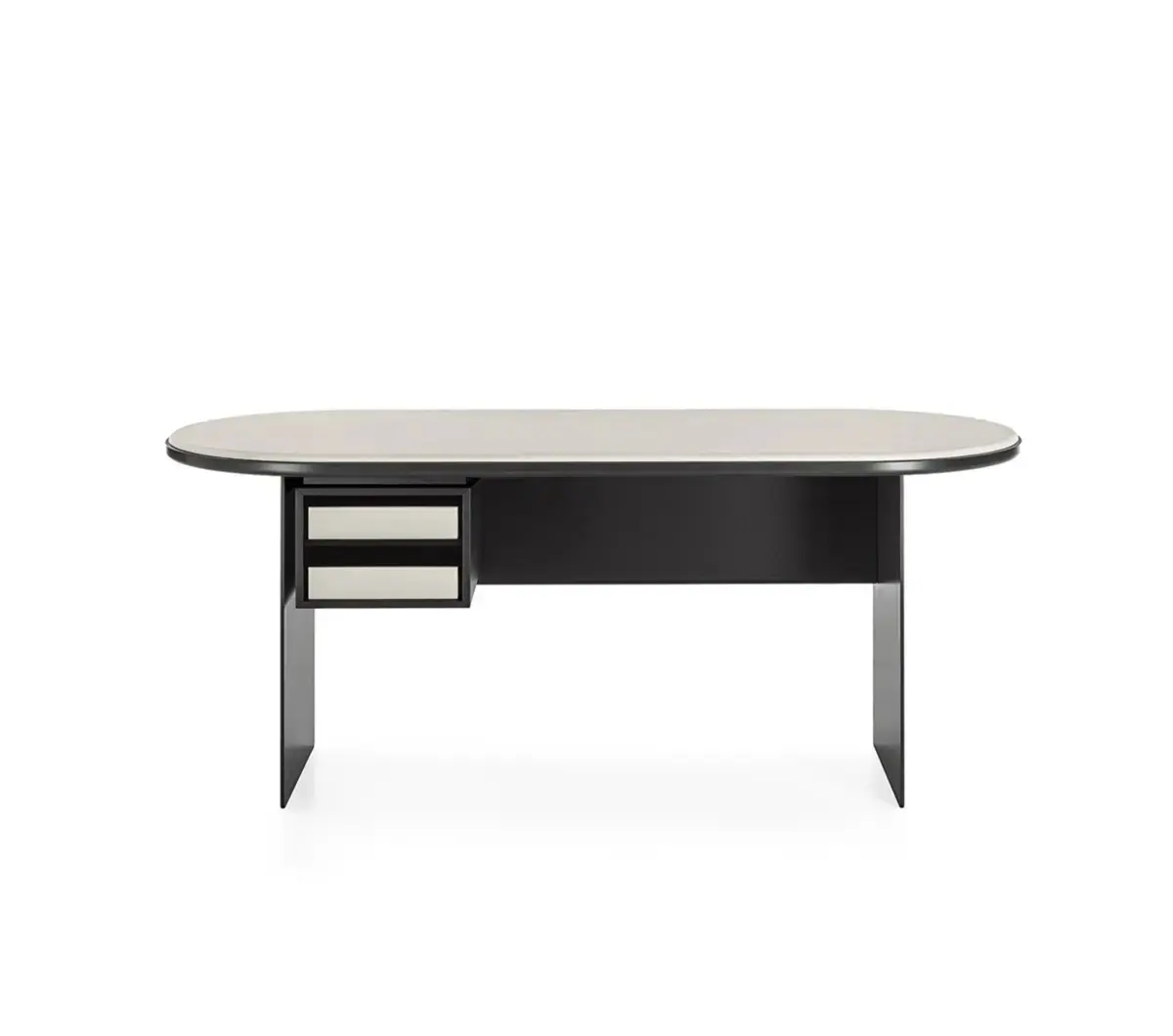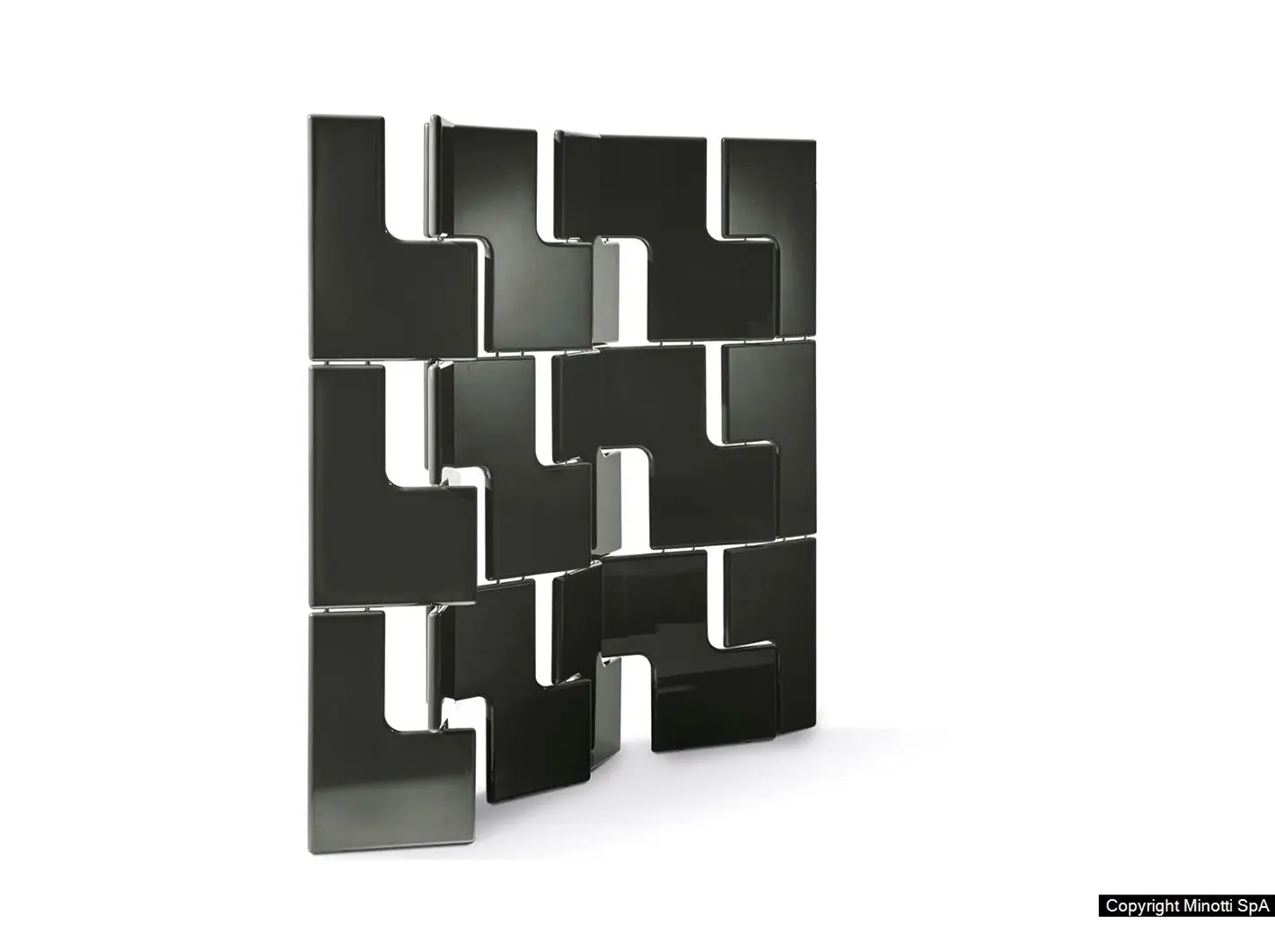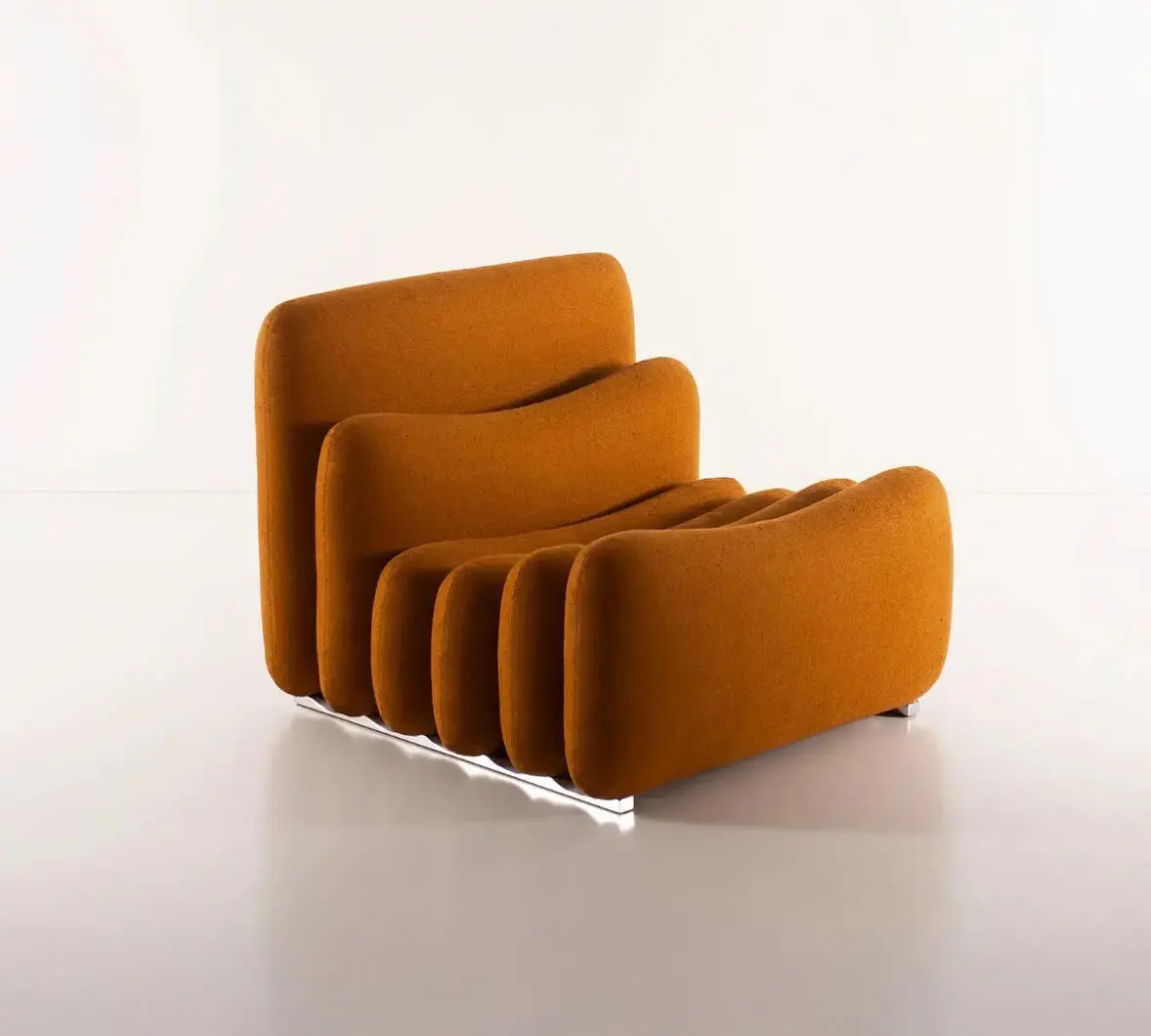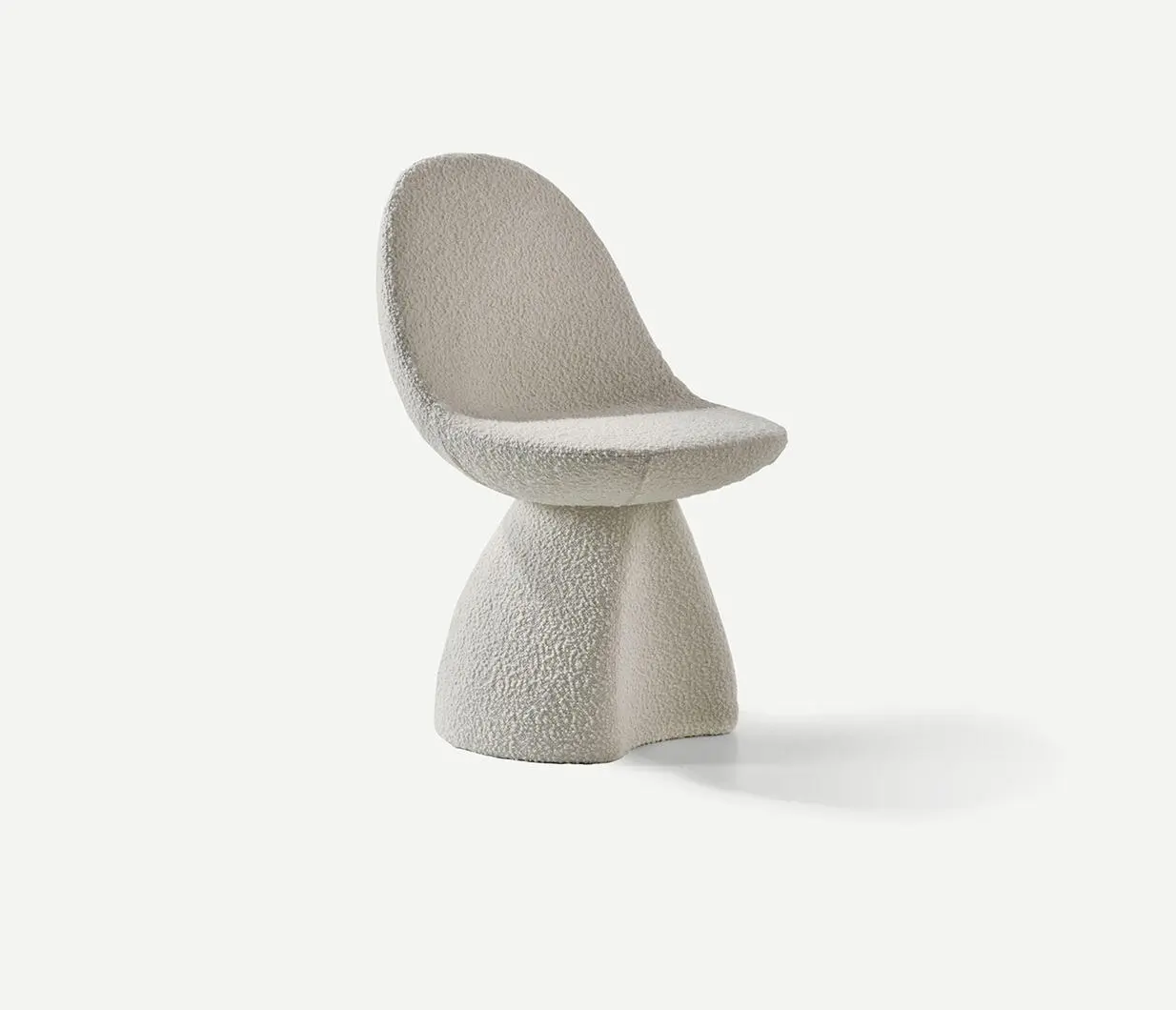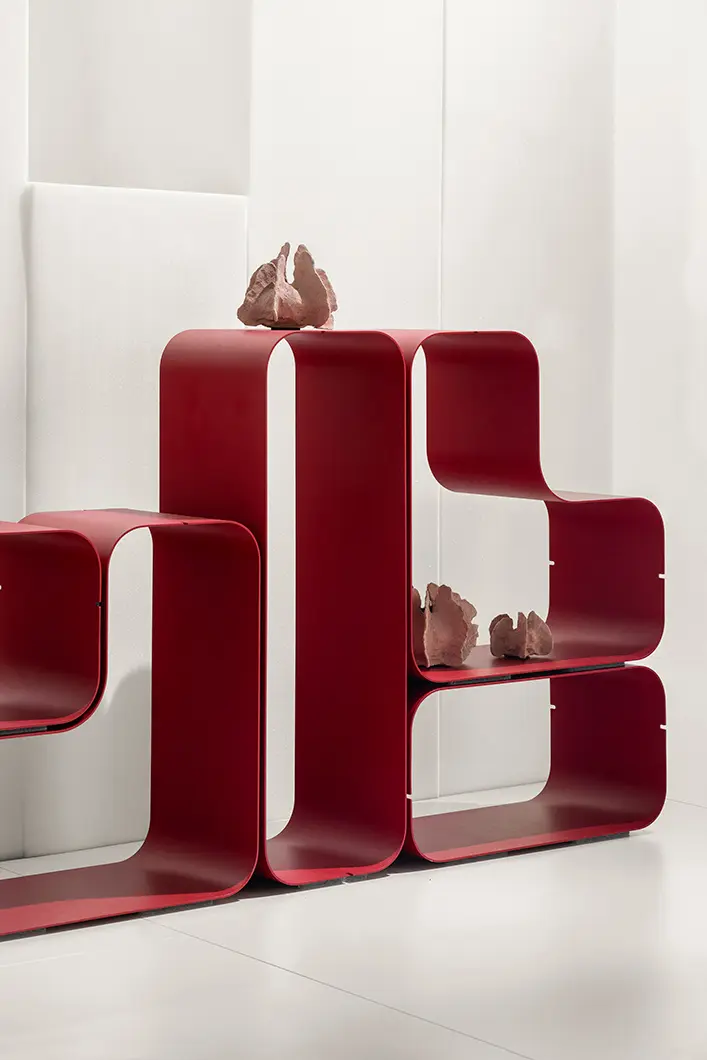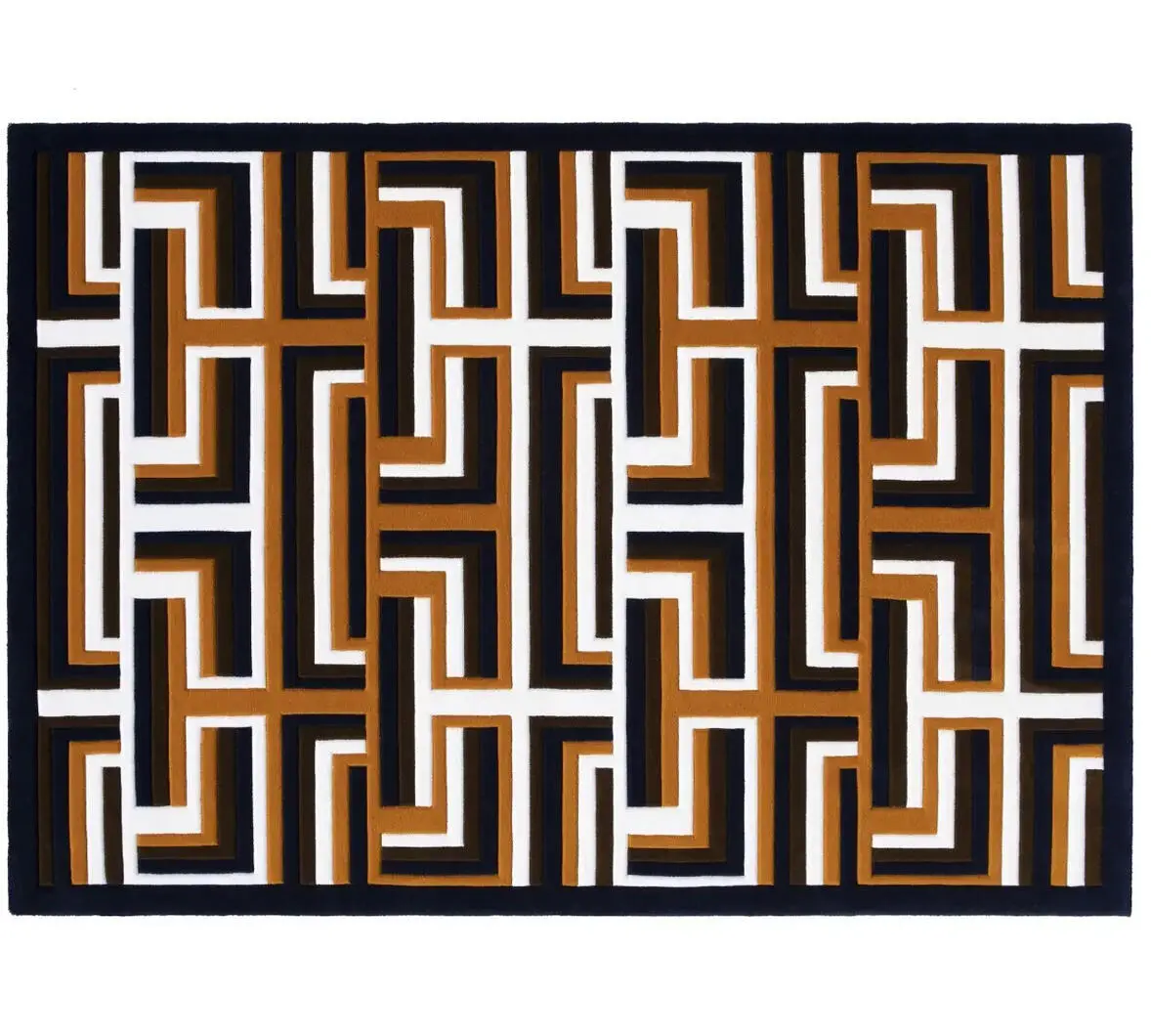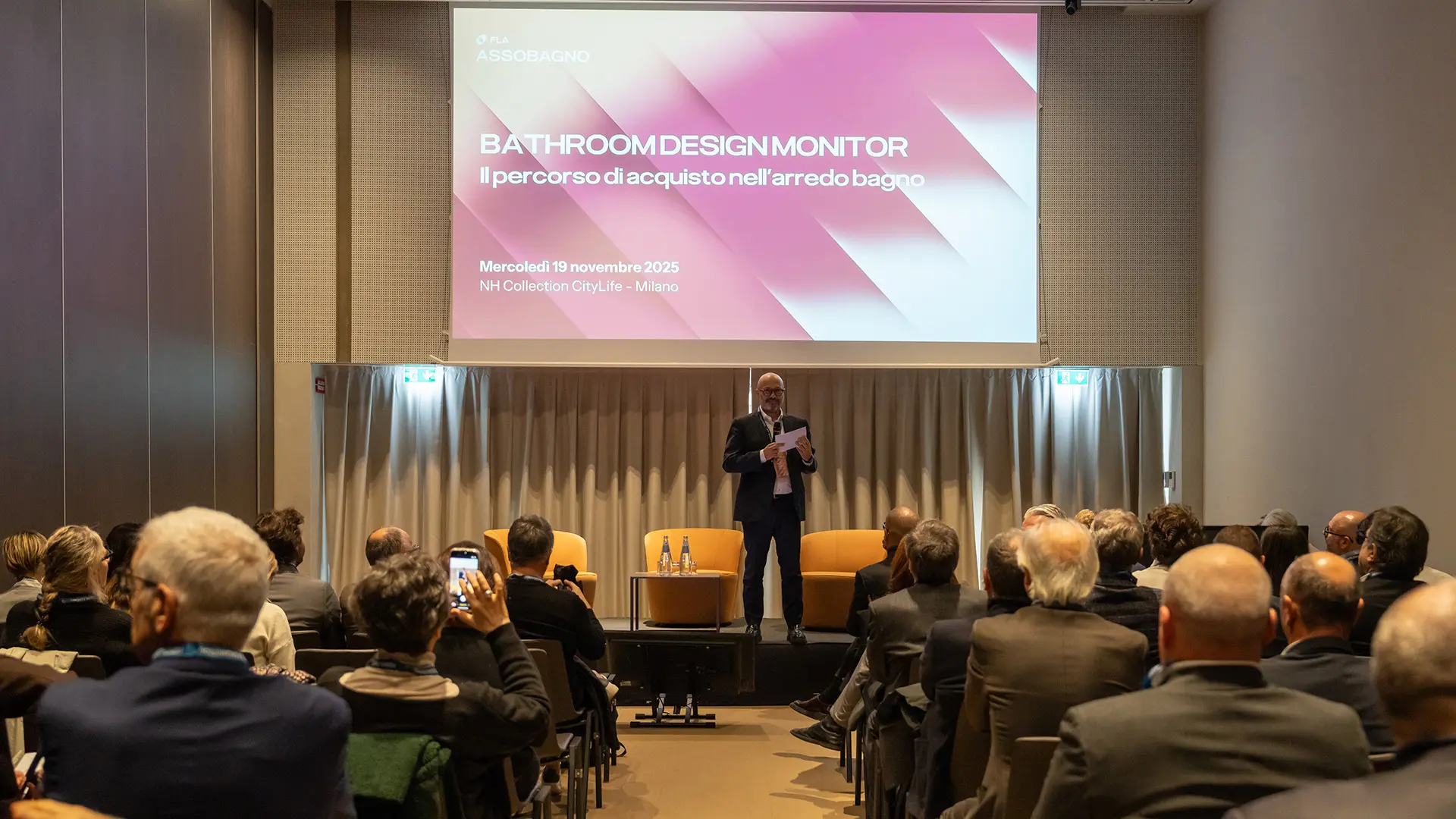The survey conducted by NIQ-GfK Italia for Assobagno di FederlegnoArredo examined 3,000 consumers in Italy, France and Germany. The data confirm the centrality of the bathroom and highlight some (pleasant) surprises
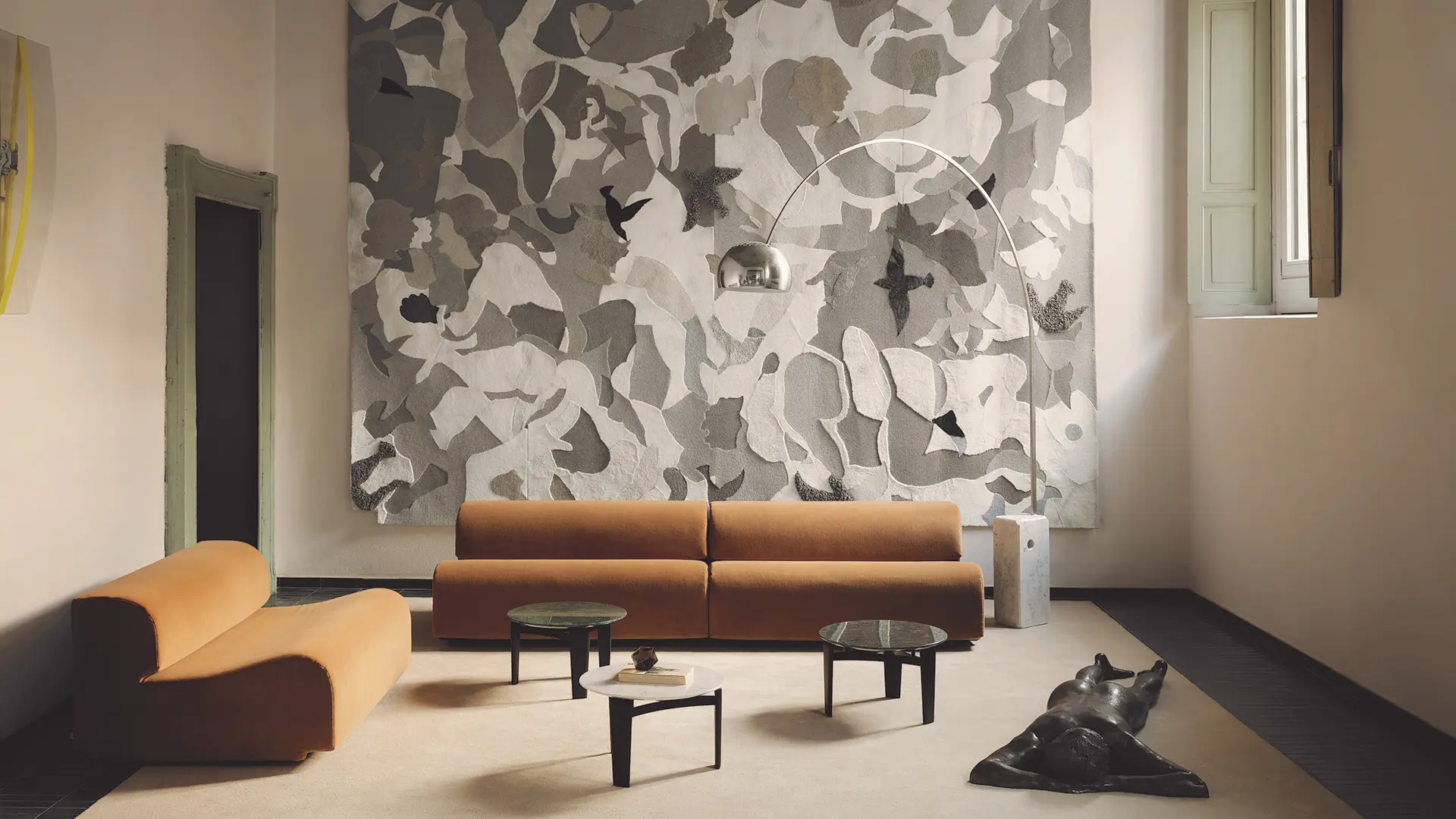
Arflex, Bobo, design by Cini Boeri
Organic shapes, warm colours and lacquered surfaces rewrite the language of design, melding retro details with current trends
The design world is exploring bold, vibrant Seventies atmospheres again, with a new spin on the iconic details of the time in a modern key. The soft, rounded forms of the upholstereds, combined with well-defined edges and corners, create a visual balance that mixes fluidity and rigour, lending a refined and welcoming air to spaces. Palettes dominated by earthy colours such as burnt orange, brown and mustard yellow bring a feeling of warmth back to the interior.
One of the most distinctive elements of this throwback is the use of lacquered and glossy surfaces, often combined with natural materials such as wood and metal. Not only does this combination evoke a retro aesthetic, but it also introduces a touch of understated luxury, perfect for a refined yet not over-the-top setting.
The Seventies legacy is manifested in the use of bold graphics and geometric patterns, such as triangles, circles and intertwined lines, flooding spaces with dynamism and personality. Fabrics, rugs and wallpapers inspired by the psychedelic motifs of the time add a distinctive touch, giving character and originality to the rooms.
Modularity is a key aspect of this revival, with sofas and bookcases transformed into flexible and adaptable solutions, ideal for a dynamic and evolving lifestyle. The iconic modular sofa concept is reinterpreted in a contemporary key, with precious materials and essential lines that leave the way clear for creating tailor-made living spaces, suitable for different contexts. The use of fabrics such as bouclé and the choice of neutral and natural shades reflect a quest for comfort and intimacy, perfectly integrated with today's minimalist look.
More than just an exercise in nostalgia, Seventies-inspired design shows how the past can be reinvented to meet contemporary needs, creating environments in which tradition, functionality and well-]being blend harmoniously.
Infinity by SoldiDesign is a Pop-inspired shoe rack with a suggestive spiral shape. The revolving structure allows easy access to all sides, enabling shoes, bags and accessories to be viewed quickly and conveniently, without having to move the entire piece of furniture.
Élitra, the sideboard designed by Pietro Russo for Acerbis, has a wooden structure in dark stained walnut or black ash finishes. It is available with glossy lacquered doors, adding a subtle reference to the ‘70s
Ernest by Jean-Marie Massaud for Poliform, explores the concept of modularity with sofas boasting soft, deconstructed volumes that allow for an infinity of different configurations, from linear solutions to corner sofas, adaptable to any space.
The Bobo lounge chair, designed by Cini Boeri in 1967, was one of the first monobloc polyurethane foam seats ever produced. Now re-edited by Arflex, it embodies the radical innovation and formal freedom characteristic of the time.
Tollgard + Castellani’s Seinsei Desk for Gallotti & Radice, stands out for its metal structure and lacquered “deep black” wooden top. Its harmonious lines, with alternating defined corners and soft curves, create a perfect balance of elegance and modern rigour.
Conceived by Hannes Peer, Minotti’s Janis screen is a genuine micro-architecture. The scupted geometries and rounded edges, enhanced by the glossy lacquered finish, make for a visually dynamic composition, reflecting the light between the solids and voids.
Designed in 1967 and now re-edited by Tacchini Italia Forniture 1967, Joe Colombo’s Additional System is a modular system of timeless appeal. Its six different-sized cushions, inspired by the ergonomic studies of the ‘60s, allow for flexible combinations, ranging from sofas, pouffes and daybeds, adaptable to different spaces and functions.
Gino Carollo’s Nest chair for Naturedesign reinterprets the enveloping shapes of the ‘70s. With its bouclé cover and stable base, it combines comfort and an organic design reminiscent of the fluid, natural lines of the period.
Rebus, the modular shelving system designed by Francesco Rota for Desalto, draws on linear Pop motifs and geometries. Its sleek metal modular components allow for infinite configurations, making it suitable for different styles and environments.
In hand-tufted New Zealand wool, Carpet Edition’s Castelbarco rug pays tribute to Ken Scott. Its geometric motif captures the vibrancy of the ‘60s and ‘70s, bringing the chromatic energy and eclecticism typical of the designer’s works back into interiors. The Feelings collection from Radici is inspired by the Surrealism of Mirò, with carpets interweaving graphics and artistic flair.
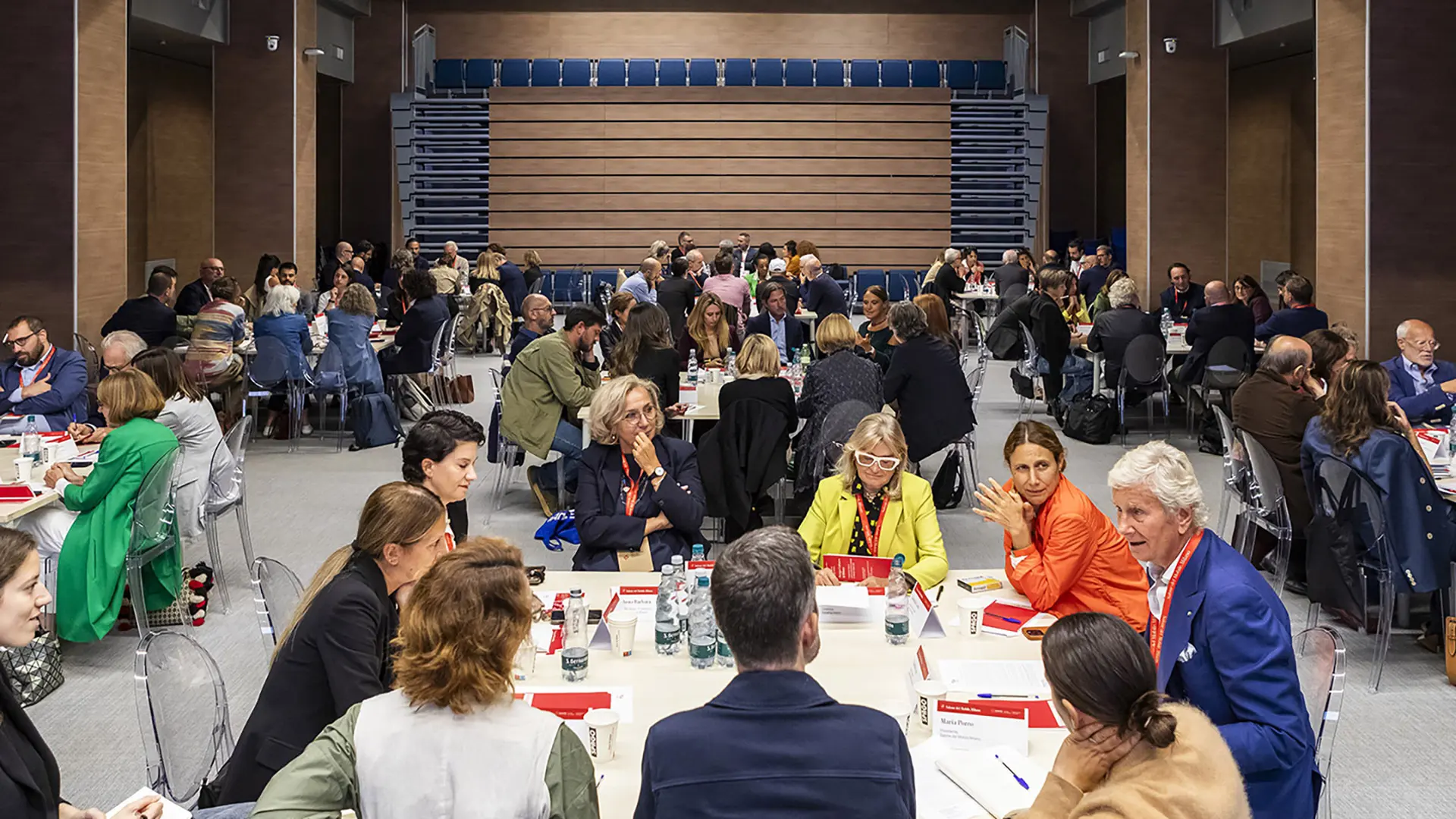
An account of the Roundtables at the Milan Design (Eco) System 2025
Ten Thematic Tables, ten Content Leaders, with over a hundred stakeholders taking part. This was the 2025 edition of the encounter devoted to the research project measuring the impact and legacy of the Salone del Mobile and the events across the city

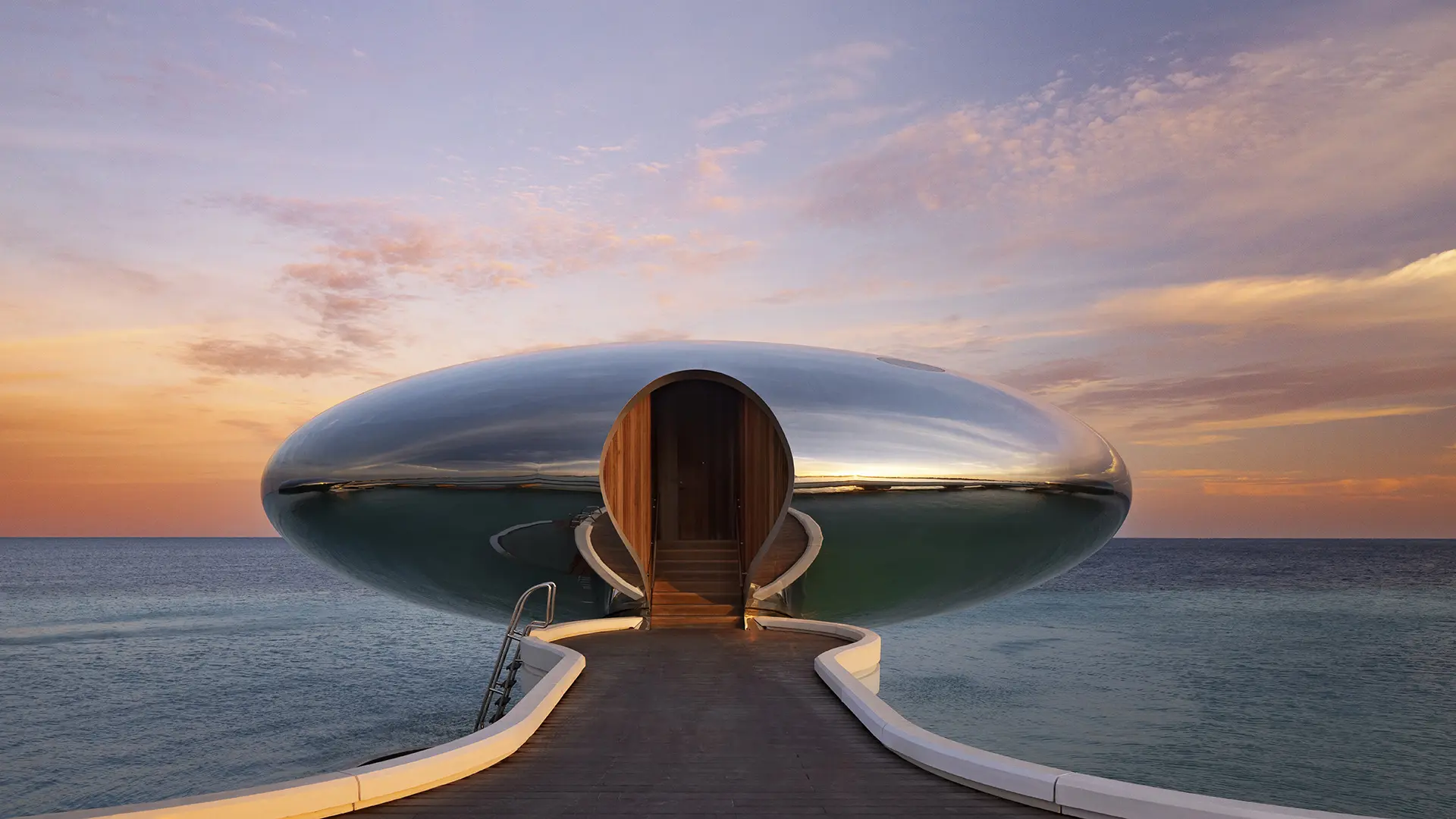
Luxurious and sustainable: the most iconic design hotels (already open or under construction) in Saudi Arabia
Saudi Arabia has come a long way from being a mainly oil-focused economy to being a new experiential tourism destination. A number of international starchitects have contributed to this paradigm shift, called upon to design spectacular hotels and resorts by the sea or in historic locations



 Exhibitions
Exhibitions
